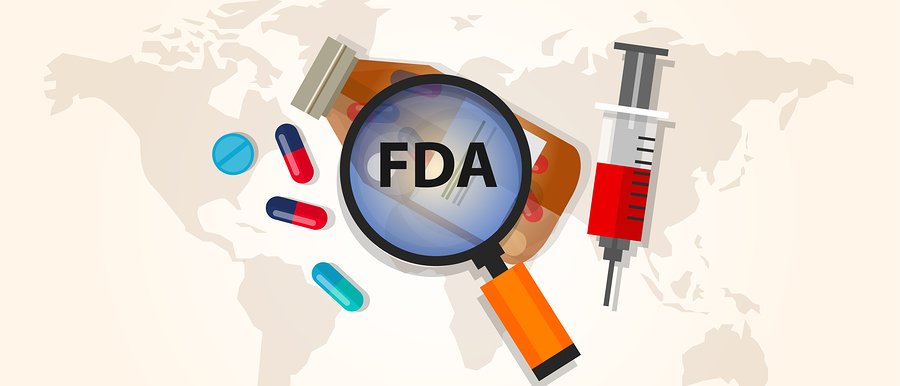The US Food and Drug Administration (FDA) is examining ways to empower consumers by improving access to a range of non-prescription and over-the-counter (OTC) medication and drug products. OTC drugs, such as Tylenol (acetaminophen) or Claritin (loratadine), are considered the first line treatment for an extensive range of ailments and conditions, with eight in ten consumers using OTC medicines to relieve symptoms without the need to visit a healthcare professional, according to research by the Consumer Healthcare Products Association (CHPA).
The new plans may include developing innovative tools, such as digital health technologies and mobile apps, to improve support for consumers choosing medication and to ensure drugs are used appropriately and safely, explained the agency’s Commissioner Scott Gottlieb, MD.
At present, non-prescription medication can be marketed via the Over-the-Counter drug review regulatory pathway or the New Drug Application (NDA) process. This week, the FDA issued a new set of draft guidance entitled Innovative Approaches for Nonprescription Drug Products, which applies to medication under the NDA process. The aim of the new guidance is to extend the NDA pathway, encompassing certain therapeutic indications previously unavailable without a prescription.
“Our ultimate goal with modernizing our regulatory framework for nonprescription drugs is to help facilitate a market that is more competitive, enables greater access to medical products, empowers consumers in their health care decisions, and provides more affordable options for Americans,” Gottlieb asserted.
“We see today’s draft guidance as a first step as drug developers begin to study products that might be considered for marketing without a prescription,” he added.
Under the new guidance, the FDA outlines two approaches for demonstrating the safety and efficacy of medication in situations where the standard Drug Facts Labeling (DFL) may not be sufficient in a non-prescription scenario. It proposed developing additional labeling to be used alongside the usual DFL, and to implement additional conditions empowering consumers to self-select and use a drug product correctly and safely, for example using mobile apps or other digital health solutions.
Currently, the DFL is the main source of consumer information about non-prescription medication, containing directions for use and safety information, phrased in a way that is easily comprehended by consumers. Under the new framework, a company (or sponsor) could develop one of the new approaches (such as a mobile app) to improve correct and accurate self-selection of its medication by consumers in a non-prescription setting. Following studies to ensure the new approach works effectively, the sponsor could submit an application to the FDA to gain non-prescription status for its product.
The FDA emphasized that the new proposals do not involve an easing of the “evidentiary standard” required for a product to be labeled as non-prescription, noting that any products considered under the new framework would undergo a “robust” scientific review to ensure patient safety.
OTC products provide savings for the consumer and the US healthcare system, enabling patients to treat basic or minor ailments at home. CHPA research published in The Value of OTC Medicine to the United States calculated that every $1 spent on OTC medicine equates to savings of between $6 and $7 for the US health system as patients are less likely to require physician visits and more expensive treatment and care.








